
To start a codespace, just fork the project located here.
#MAC SQL STUDIO HOW TO#
Here’s how to create a database in SQLOPS to get you started.Īnd here’s how to restore a database using SQLOPS, written specifically for the Mac.You do need a free GitHub account to use codespaces. Now that you’ve installed SQL Operations Studio on your Mac, you might be wondering where to start? You’ll need to modify this command to suit your own container’s name. This is the name that I gave the container in my SQL Server on a Mac tutorial. This starts a previously stopped container called sql_server_demo.

The above example connects to SQL Server running on the local machine ( localhost refers to the local machine). If you receive an error when trying to connect, check that SQL Server is in fact running.

You can now go ahead and create databases, run scripts, and perform other SQL Server management tasks. Once SQLOPS has connected to the SQL Server instance, you’ll be presented with the server dashboard, which looks something like this: Mine looked like this (based on my SQL Server on a Mac tutorial):
#MAC SQL STUDIO ZIP FILE#
zip file has finished downloading, double click it to expand its contents Visit the SQL Operations Studio download page, and click the.
#MAC SQL STUDIO INSTALL#
To install SQL Operations Studio onto your Mac: Here I explain how to install SQLOPS onto a Mac, then how to use it to connect to SQL Server. It uses a graphical user interface (GUI) that helps you view the various databases and objects within a SQL Server instance. It can run on Windows, macOS, and Linux, and it’s also designed to be used with Azure SQL Database, and Azure SQL Data Warehouse. SQL Operations Studio (also abbreviated to SQLOPS) is a free tool that you can use to manage SQL Server. See How to Install Azure Data Studio on a Mac. In any case, I’ve also rewritten these steps (and included the equivalent screenshots) specifically for Azure Data Studio. The steps in this article remain the same though. UPDATE: SQL Operations Studio (SQLOPS) has since been renamed to Azure Data Studio.


 0 kommentar(er)
0 kommentar(er)
